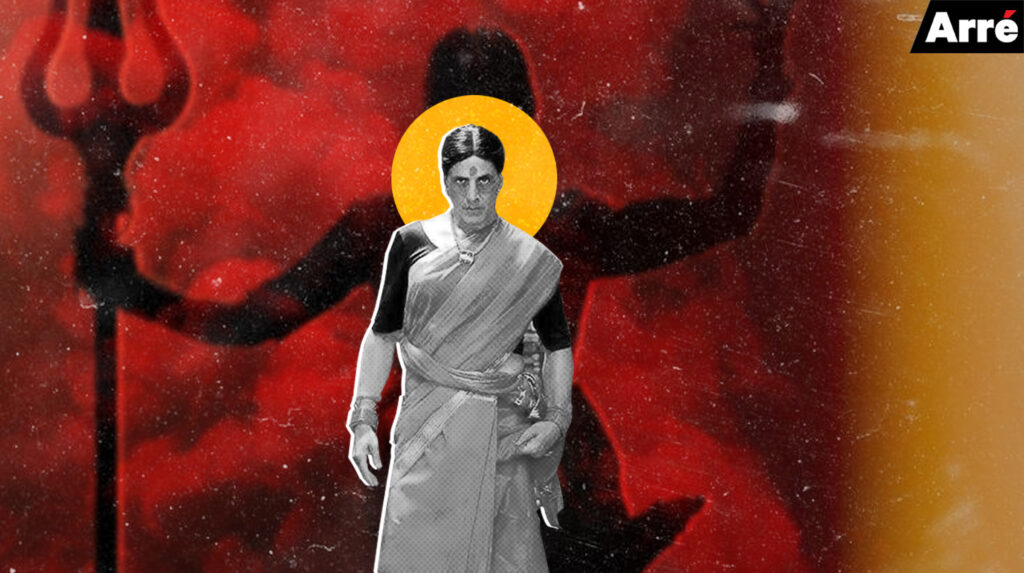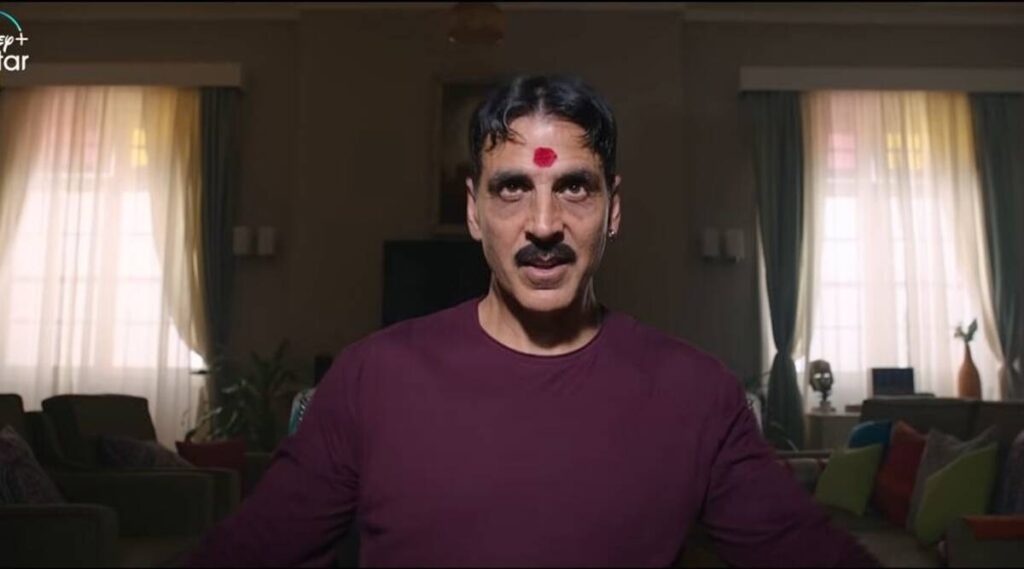How Prosperous Is ‘Laxmii’ Movie Narrative For The Transgender People?
The world of media can provide space for different representations. It provides opportunities for different narratives to come-in and makes themselves heard, through their media story. However, for the same, there are a series of sanctions that a particular narrative has to acquire. It has to pass through a series of ‘checkboxes’, to stand as a ‘profitable’ venture, within the premise of the society. The reason for this kind of representation can be elucidated on two grounds.
Lack of Authentic Representation
At the start, this form of representation does not allow the free space for the narrative to flourish, in its authentic fashion. It can acquire the sanction to be there on the media platform, as the society is crossing boundaries of what is defined as ‘permissible’. However, the process of filtration can be under question here. It is to examine the parts presented on screen, to represent a narrative; and the parts not presented on screen, distorting a narrative.
The second reason to examine media representation is its ability to either ‘generalize’ a narrative or to make it a one-person show. The presence of a person can indicate the absence of a person and their narrative which the media claims to represent. Thus, representation on these notes became problematic in the movie Laxmi, which does not guarantee a complete authentic account of the community it, perhaps, intended to represent.

Past To Be Recalled In Present
Before the contemporary, it is useful to dive into the past for reference. Five years ago, an article in Guardian, took a narrative from Alok Vaid Menon, who describes himself as a South Asian non-binary individual. His narrative was about the problems that exist in society, even if the media is able to project the LGBTQIA+ people through celebrities. Menon stated that the representation of the community people through the celebrity media does not solve the problem of stereotypes existing in the society at large. It can still exist as hurdles for people who do not conform to either of the two genders, who do not wish to be boxed in any of the categories that simplify one’s experience. The presence of a celebrity figure as a transgender person, who has gone through voluntary surgery, does not represent the problems faced by individuals who do not wish to go through the same (ref).
Fast forwarding the discussion from then to now. The story of Laxmi, as the movie portrayed, has been filtered and edited, not only for the right lighting and photography but also to throw light on selected and convenient forms of representation of the transgender community. A review piece in India Today (2020) stated the movie to be a good watch with one’s family. It commented on the movie’s ability to problematize the ways in which transgender people are perceived in society. It praised the storyline to depict that the trans-community can become the agents of change if they are given the right opportunity (ref). However, reading through the comments made about the movie, it is palpable that certain details have missed out on the eye of the director and the general audience. These details, which become primary markers for defining an individual or a group, slip away into making the trans-identity vague.

Contextual Representation
Tadashi Dozono (2017) emphasizes the need to contextualize gender narratives, for ensuring that diversity flourishes (433). In her work, Teaching Alternative and Indigenous Gender Systems in World History: A Queer Approach, the author has elucidated the need to contextualize gender narratives in classroom space, so as to enable students’ ability to understand ‘queer’ history. It allows for more identities to come into the discussion. The relation attempted to establish by this reference is on the note of contextualization. It is necessary to present a narrative ‘from its context’ and not limiting it to only ‘about the context’.
The movie has attempted to bring the narratives about the kinnar community from the margins to the mainstream. But it has made it subject to the mainstream idea of identity and the overarching understanding of representation through the presence of the character and not the actor. The face given to the identity of a kinnar is not contextual. It is not of a person who can provide an authentic account of the experiences of the community. Thus, the movie fails on the note that the presence of a celebrity face, can stir conversations about the community people, but it can also be scrutinized under the lens of ‘what remained absent’ from the narrative.
One, it did not allow for an economic development narrative to make its space by a kinnar’s participation in the movie. Secondly, it can be examined within the present situation of the community, where they are given opportunities as legislations that make urban nature medical surgery mandatory for them to establish their identity. The absence of an actor from the kinnar community on screen speaks for itself, to describe the absence of the character in its contextual face. A cisman can attempt to make conversations possible. But making a parallel movie to a past movie, Laxmi did not make amends for the past grievances caused by Kanchana.

Stigmatized Presentation Of Identity
Among the multiple points about the movie, another point of contention against the movie is the way of representing the trans-community. In her work, Defining the “queers” in India: The politics of academic Representation, Dutoya (2016) argues that there is a tendency to distort identities when the representation is done to suit singular agendas (15). The movie has presented the character of Laxmi with a series of jumpscares. Not only did it fail to meet the tastes of the audience, who were aware of the movie Kanchana (from which the movie seems to be a derivation); but also, it reinstated the stigmas attached to the community at large.
Further, the hetero-conservatism of religion portrayed through the media product is blatantly disrupting the identity of the kinnar community. There was shown a dependency of the kinnar on the heterosexual man to enter the temple. This scene does not only suppress the religious relationship that kinnars share with their community god; but also reimposes the religious conservatism upon their narrative.

Conclusion
It is important to note that the media can appease the audience by bringing innovative ideas from corners of society. However, appeasement should not be done at the cost of suppressing or blurring the experiences and the narratives of the subalterns, who get misrepresented.
Featured Graphic Design: Ruta Shelke
Author


1 thought on “How Prosperous Is ‘Laxmii’ Movie Narrative For The Transgender People?”
Hi, i have read your article. I am interested to learn more about the queer representation in south Asian movies. Thank you